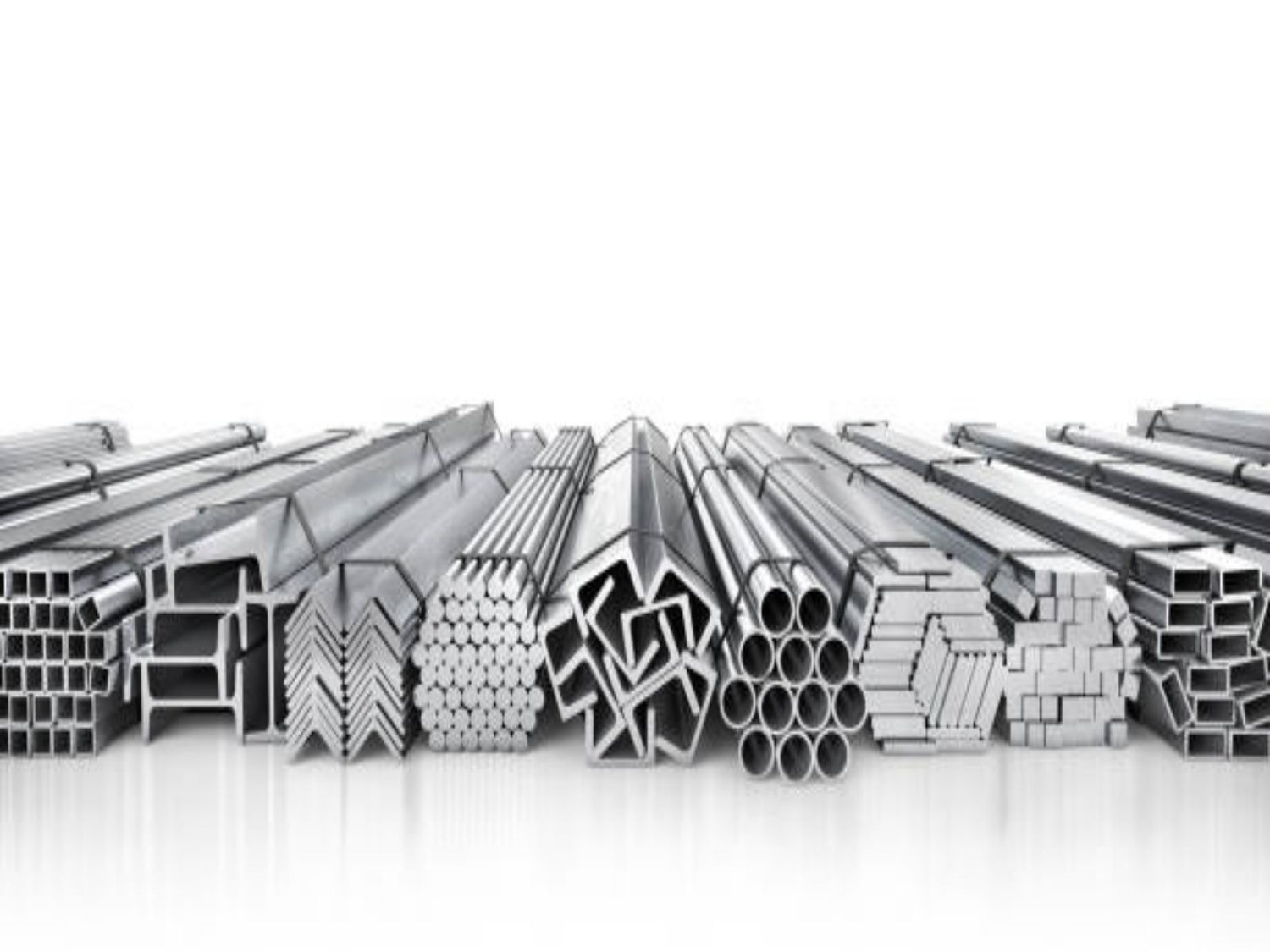Table of Contents

The Importance of Standard Specification for Titanium and Titanium Alloy Bars and Plates
When it comes to industries such as aerospace, automotive, medical, and chemical, titanium and titanium alloys are highly sought-after materials due to their exceptional strength, lightweight nature, and corrosion resistance. To ensure the quality and reliability of titanium and titanium alloy bars and plates, it is crucial to adhere to a standard specification. In this article, we will delve into the importance of the standard specification for titanium and titanium alloy bars and plates, exploring key aspects such as material composition, dimensional tolerances, mechanical properties, and testing methods.
Material Composition: Ensuring Consistency and Purity
The material composition of titanium and titanium alloy bars and plates plays a vital role in determining their mechanical properties and overall performance. The standard specification sets forth guidelines regarding the chemical composition, including the percentage of elements such as titanium, aluminum, vanadium, iron, and oxygen. This ensures consistency in the material's composition, enabling manufacturers to produce products with predictable and desirable properties. The standard also addresses impurity levels, as excessive impurities can compromise the material's strength and corrosion resistance.
Dimensional Tolerances: Precision in Manufacturing
Precision in manufacturing is essential when it comes to titanium and titanium alloy bars and plates. The standard specification defines dimensional tolerances, which specify the acceptable variations in dimensions such as diameter, thickness, width, and length. By adhering to these tolerances, manufacturers can ensure that their products meet the required specifications and can be effectively integrated into various applications. This not only enhances the overall quality of the products but also facilitates compatibility and interchangeability within the industry.
Mechanical Properties: Strength, Ductility, and Beyond
The mechanical properties of titanium and titanium alloy bars and plates are crucial factors that determine their suitability for specific applications. The standard specification provides guidelines for various mechanical properties, including tensile strength, yield strength, elongation, hardness, and impact resistance. By adhering to these specifications, manufacturers can produce materials that possess the desired strength, ductility, and other mechanical characteristics. This ensures that the products can withstand the demands of their intended applications, whether it be in the aerospace industry or in medical implants.
Testing Methods: Ensuring Quality and Reliability
To ensure the quality and reliability of titanium and titanium alloy bars and plates, rigorous testing methods are employed. The standard specification outlines the testing procedures and techniques to be followed, including chemical analysis, mechanical testing, non-destructive testing, and microstructural evaluation. These tests help to verify the material's conformance to the specified requirements and identify any defects or inconsistencies. By adhering to the standard testing methods, manufacturers can confidently deliver products that meet the stringent quality standards of the industry.
Heat Treatment: Enhancing Material Properties
Heat treatment is often employed to enhance the properties of titanium and titanium alloy bars and plates. The standard specification provides guidelines for heat treatment processes such as annealing, solution treatment, and aging. These processes can improve the material's strength, ductility, and resistance to fatigue and stress corrosion cracking. By following the recommended heat treatment procedures, manufacturers can optimize the material's properties, making it suitable for a wide range of demanding applications.
Surface Finish: Aesthetics and Corrosion Resistance
The surface finish of titanium and titanium alloy bars and plates is not only important for aesthetic purposes but also for corrosion resistance. The standard specification defines the acceptable surface finish, addressing parameters such as roughness, scratches, and visual defects. By adhering to these requirements, manufacturers can ensure that their products have a visually appealing appearance while maintaining the material's corrosion resistance properties. This is essential, especially in industries where exposure to harsh environments or corrosive substances is common.
Marking and Packaging: Identification and Protection
Proper marking and packaging are essential for the identification and protection of titanium and titanium alloy bars and plates. The standard specification provides guidelines for marking, including requirements for product identification, heat number, grade, and manufacturer's information. Additionally, it outlines packaging specifications to ensure that the products are adequately protected during transportation and storage. By adhering to these guidelines, manufacturers can enhance traceability, prevent damage, and maintain the integrity of the products.
Certification and Compliance: Meeting Industry Standards
Compliance with the standard specification for titanium and titanium alloy bars and plates is not only crucial for quality assurance but also for meeting industry standards and regulations. The standard provides a framework for certification, outlining the requirements for material certifications, test reports, and documentation. By obtaining the necessary certifications and ensuring compliance, manufacturers can demonstrate their commitment to producing high-quality products and gain the trust and confidence of their customers.
International Harmonization: Facilitating Global Trade
Harmonization of standards plays a significant role in facilitating global trade and collaboration. The standard specification for titanium and titanium alloy bars and plates aligns with international standards, ensuring consistency and compatibility across different regions. This enables manufacturers to expand their market reach, as their products can easily meet the requirements of customers and industries worldwide. Additionally, international harmonization promotes knowledge sharing, innovation, and the advancement of titanium and titanium alloy technologies on a global scale.
Ongoing Development: Adapting to Evolving Needs
The standard specification for titanium and titanium alloy bars and plates is a dynamic document that undergoes regular updates and revisions to adapt to evolving industry needs and advancements in technology. This ongoing development ensures that the standard remains relevant, up-to-date, and reflective of the current state of the industry. By staying informed about the latest updates and adhering to the most recent version of the standard, manufacturers can continue to deliver products that meet the highest standards of quality, safety, and performance.
